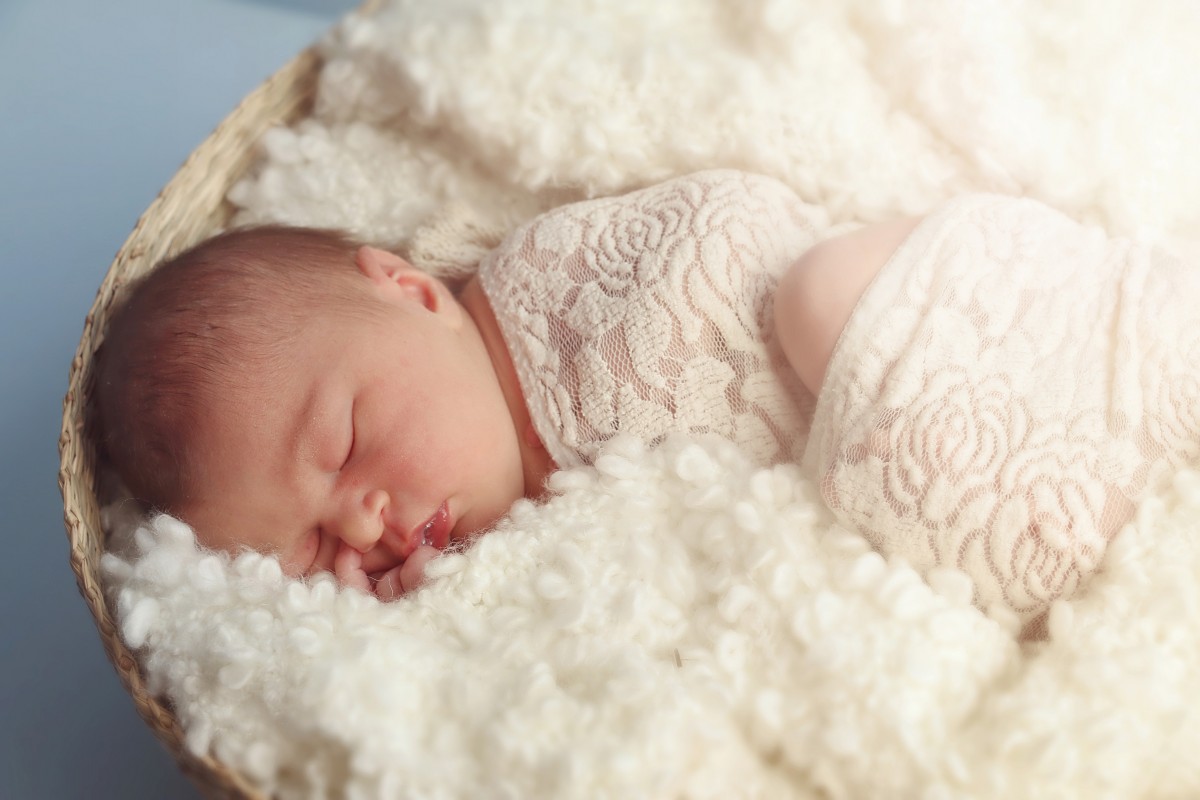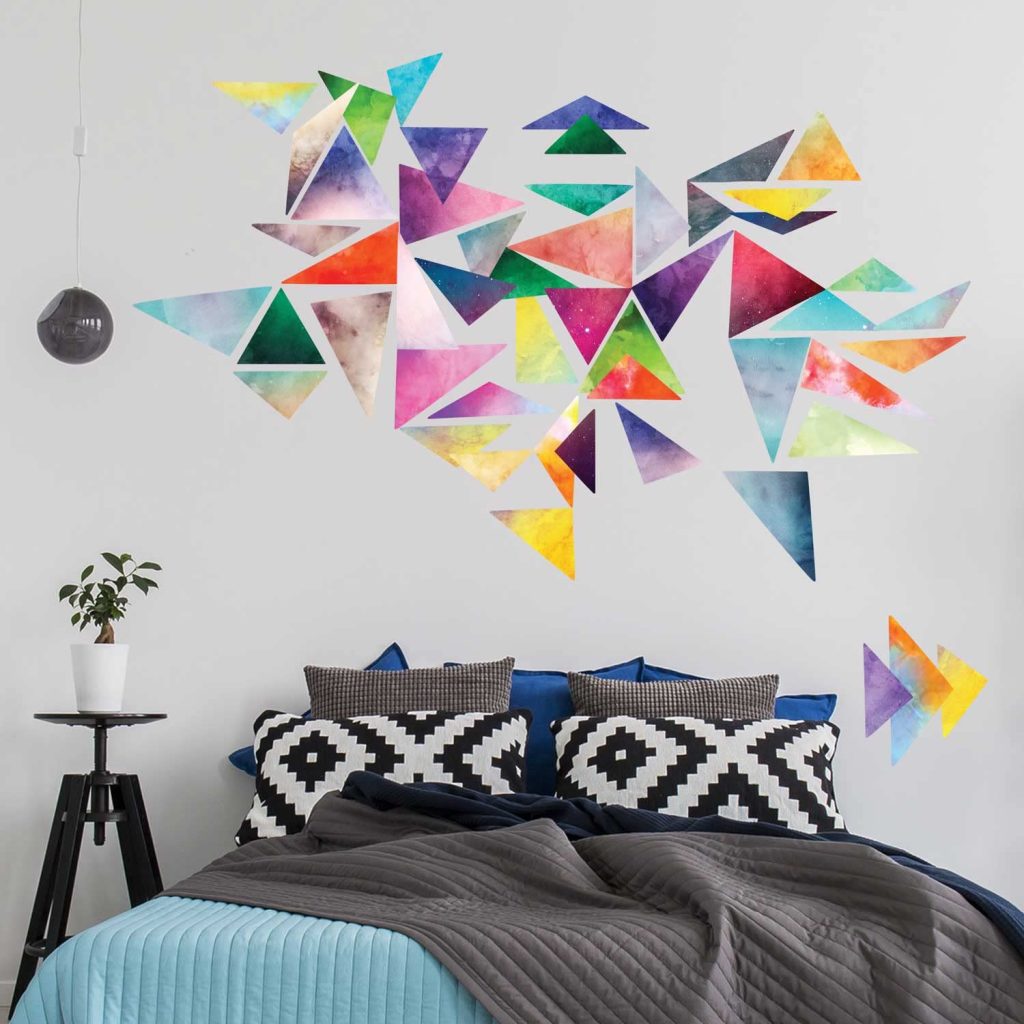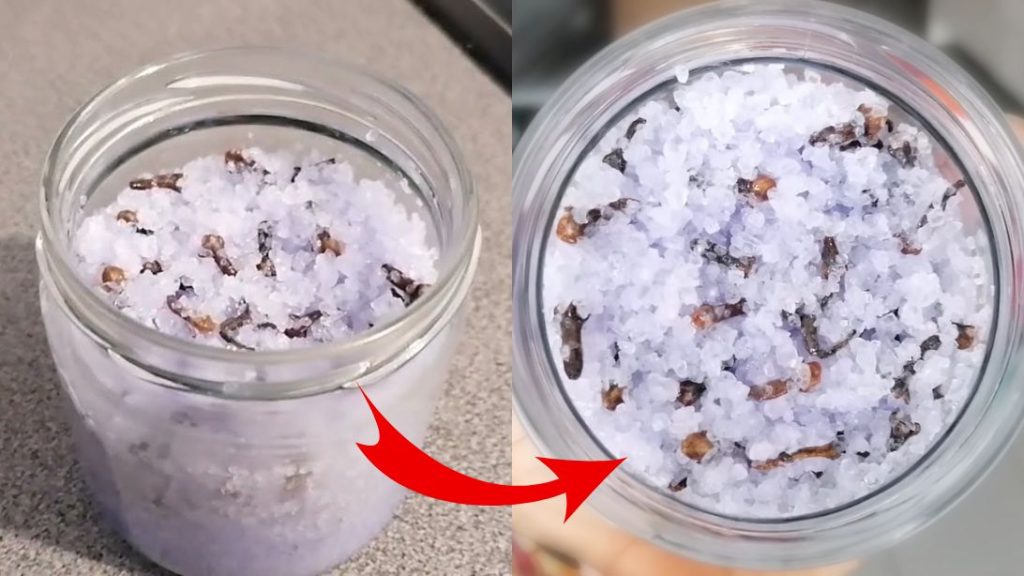
How to Make a Fabric Baby Blanket
Contents
– Focus on comforters
– Step 1: Choose the fabrics to make a comforter
– Step 2: Prepare the body of the blanket
– Step 3: Make the face of the blanket
– Step 4: Create the cuddly toy’s ears
– Step 5: Add the blanket’s arms, tail, and legs
– Step 6: Assemble the blanket
– Step 7: Finish the blanket
Why not create a blanket for your baby? It’s quick and easy to sew, and you can give way to your imagination according to your desires and those of your little ones! It will be a cute and playful little blanket that will delight your child or make a nice gift for a mother-to-be…
Here is how to make a fabric baby blanket.
Focus on comforters
There are not one but thousands of shapes of soft toys. Everything is possible to make a comforter, from a glove or a transformed sock to a real homemade plush. That’s why we have chosen to present you with a simple comforter model, easy to make but infinitely customizable.
It is made with a square of stuffed fabric, like a small cushion. To personalize it, you can play on several elements:
– the fabric of the square cushion forming the body;
– eyes, a beak, a snout, a mouth to apply or glue on this body;
– ears or horns to add to the head;
– legs or arms to add on the sides;
– legs, legs, and tail to be added at the bottom.
1. Choose fabrics to make a comforter
A comforter should be, as the name suggests, soft. It must also resist the pulls imposed by the little ones and therefore have a minimum of elasticity. Finally, it must be washable to simplify the life of parents. To choose your fabric, touch, pull and read the label!
– Lightweight fleece: soft and fluffy, it is the favorite of children for its extreme softness. It is solid, washable, and easy to sew.
Fleece is also ideal for a soft and comfortable comforter; you can use it to recycle old sweatshirts or jogging suits (well washed beforehand!); it is also stretchy and easy to sew.
– Jersey: soft and stretchy, you can use it to recycle old T-shirts; it is thinner and less easy to sew than other fabrics.
– Cotton velvet: equally soft but more elegant; it is less stretchy and more fragile. It is also less easy to find or considered for luxury comforters.
– Fake fur: soft and fun; you can use it to create stuffed animals like bears or monsters. Be careful, in this case, with the quality and treatments of the fur. Ensure it doesn’t shed and avoid it for toddlers, who may put it in their mouths and swallow hair.
– Cotton: if you want to make a comforter that is more decorative than manipulative, there is nothing to stop you from mixing simple printed kinds of cotton or even other non-stretchy fabrics.
Tip: use fabrics that match the pajamas or favorite outfit of the child for whom the comforter is intended!
2. Prepare the body of the comforter
The body of the comforter is a small square pillow. To prepare it, cut out 2 squares of the same size from the chosen fabric, adding the seam values. For a small comforter that is easy to sew and carry, start with a 15 × 15 cm square, adding 1 cm of seam allowance all around.
Later, you can change the dimensions to suit your inspiration with more oversized, rectangular, or even rounded comforters. The method will remain the same.
3. Make the face of the comforter

Lay a square of fabric representing the body of the comforter flat, right side up. Think of it as the body of your blanket: the top half of the square is the head, the bottom half is the trunk. Now decorate!
Important: when placing the face elements, do not forget to respect the sewing values. Place the parts at least 1 cm from the edge or ideally 2 cm.
Use felt
– Use small pieces of felt to form the “features” of the face: two circles for the eyes, a triangle for the nose, an oval for the mouth…
– Cut them out directly and place them on the top half of the square until you are satisfied with the result.
– Sew them by hand or machine with a small straight stitch. You can also use textile glue, but they are generally less strong and contain many chemicals.
Opt for felts
– Choose washable textile markers. Remember to bring a light-colored comforter; otherwise, the lines will remain invisible.
– Before drawing, try out a square of paper the same size as the comforter’s body until you get a satisfactory result.
– Reproduce the drawing with chalk on the square of fabric, then iron on it with a textile marker as many times as necessary for a well-visible line.
Make embroidery
Proceed with felt pens, drawing with a pencil on paper before transferring the design to the fabric.
– Then embroider according to the lines by hand or machine, with the embroidery stitch of your choice, or even straight stitch.
Some examples
– the owl: two white circles, a half-circle embroidered or drawn inside for the eyes, and a yellow triangle pointing down for the beak;
– the pig: two embroidered or drawn eyes and a white or flesh circle applied underneath, in the center, with two points drawing the nostrils for the snout;
– bear: two drawn eyes (or two white circles with applied eyes if you are using a fur body), a rounded white rectangle for the muzzle, a long black oval applied to it for the nose, and a smile drawn under the nose.
Tip: You can also mix techniques. Apply two rounds of felt for the eyes, embroider a pupil on top, then draw a mouth, for example. Avoid using sewn buttons, embossed paints, glued glitter, or any other small objects that could come apart and be swallowed by the children.
4. Create the blanket’s ears
Depending on the blanket you choose to make, add ears or horns:
– Experiment with paper shapes: triangles for a cat, rounds for a bear, long ovals for a rabbit…
– Lay them on the top edge to choose the right size and placement.
– When you are satisfied, mark the locations on the square of fabric forming the body to find them: draw a line on each side of each ear or horn, on the centimeter of seam value, using chalk, pen, or felt pen.
– Then, cut this shape out of the fabric of your choice:
◦ in felt: cut out the shape twice (once for each ear or horn), adding 1 cm of seam values at the base of the ear only.
◦ Fabric:
- Cut out the shape four times (twice for each ear or horn), adding 1 cm of seam values all around.
- Place two pieces right sides together, then straight stitch 1 cm from the edge, leaving the base open.
- Trim along the seams to leave only a few millimeters, then turn over.
- Fill the ear or horn with a bit of absorbent cotton, then do the same with the second.
5. Add the arms, tail, and legs of the comforter
Proceed exactly as for the ears:
– The arms, wings, or legs go on each side of the body. The legs or paws are on the bottom. If you want one, the tail between or under the two legs.
– Prepare the shapes, then mark the locations on the sides and bottom of the body fabric square to find them.
– Assemble and fill in each part as needed.
Good to know: no need to make complicated shapes if you are just starting. Use half circles or rounded rectangles, for example, to symbolize arms, legs, wings, legs, tail…
6. Assemble the comforter
Prepare the different elements.
– Place all the external parts of the comforter (ears, arms, legs, tail…) on the square of fabric forming the body of the comforter, on their marks, as before.
– Fold each one towards the inside of the square in a mirror image: the base of the ears should be aligned with the top edge, the base of the arms with the edges of the sides, the base of the legs and tail with the bottom edge. All the pieces end up on the fabric square.
– Pin each piece in place.
– Place the second fabric square on top of the first, right sides together.
– Pin edge to edge, so all the outer parts (ears, arms, legs, tail…) are enclosed inside.
Sew the comforter
– Stitch all around the square, along the edges, leaving an opening of about 5 cm. Plan this opening in a place without an outer part: between two legs, for example, or on a side without legs.
– Finish with a stop stitch.
– Turn the comforter over gently and fill it with absorbent cotton.
– Fold the edges of the opening inward and close it by hand with a tiny stitch.
7. Proceed to the finishing touches of the comforter
– Add a personalized label to mark your creations.
– Embroider the child’s name on the back.
– Add bells or other charms to the inside of the comforter if you want it to make noise. For moms who have worn a pregnancy bola, slip it inside as well; the sound of the comforter will reassure newborns.
– Tie a strip of fabric around the comforter to make a sling.



